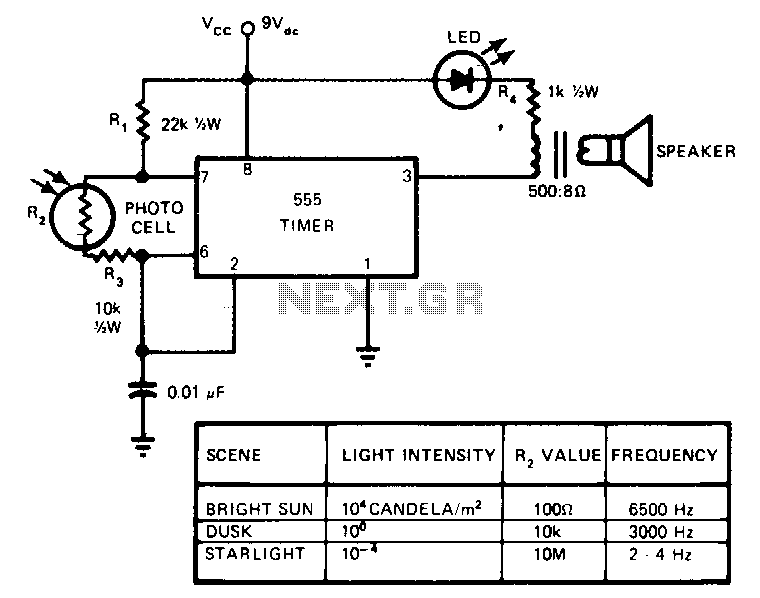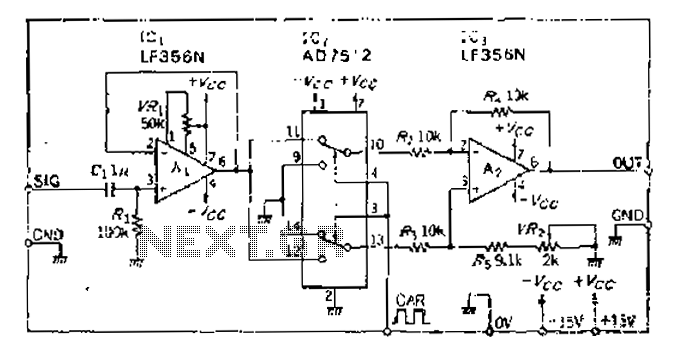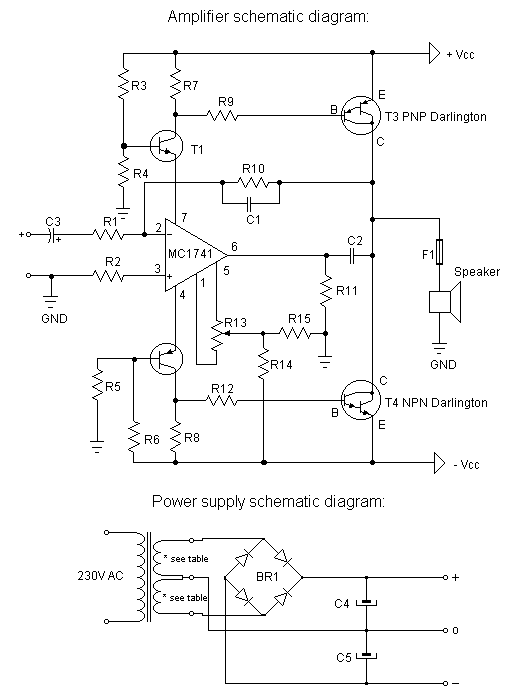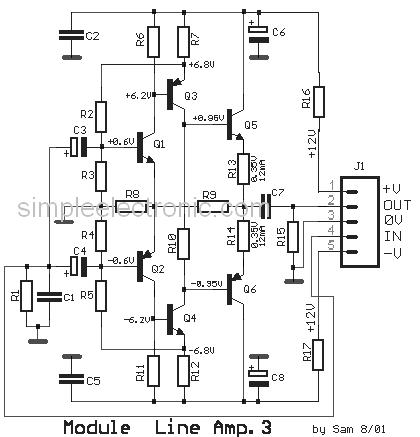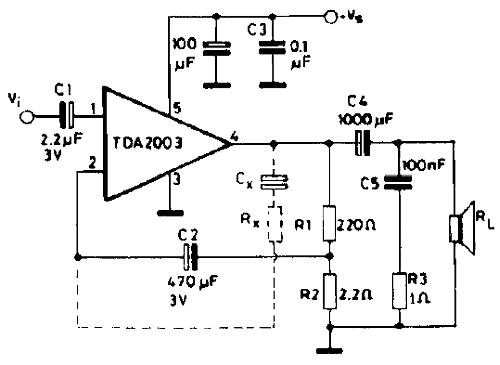
Car audio amplifier 40w
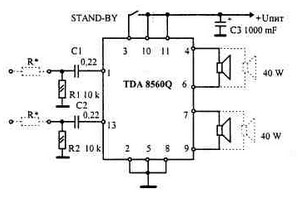
This car audio amplifier provides an output of 40 watts when connected to a 2-ohm speaker. The amplifier circuit delivers a power output of 40 watts per channel at a 2-ohm load and 22 watts at a 4-ohm load. To achieve the 40 watts of power, it is necessary to use 2-ohm speakers, or alternatively, connect two 4-ohm speakers in parallel to create a 2-ohm load.
The car audio amplifier circuit is designed to enhance the audio experience in vehicles by boosting the power delivered to the speakers. The output stage of the amplifier typically consists of a class AB or class D configuration, which is efficient in converting the input audio signal into a higher power output while minimizing distortion and heat generation.
When using a 2-ohm speaker, the amplifier is capable of delivering its maximum rated output of 40 watts per channel. This configuration is beneficial for achieving higher volume levels and improved sound quality, particularly in larger vehicles or in scenarios where high sound pressure levels are desired.
In cases where 2-ohm speakers are not available, connecting two 4-ohm speakers in parallel is a practical solution to achieve the desired 2-ohm load. This parallel connection effectively halves the total impedance, allowing the amplifier to operate at its optimal power output. It is important to ensure that the amplifier is rated to handle the combined load safely, as exceeding the manufacturer's specifications may lead to overheating or damage.
The circuit may include additional features such as built-in crossover networks to filter frequencies, adjustable gain controls for fine-tuning the output level, and thermal protection mechanisms to prevent overheating. Proper wiring and speaker placement are also critical to ensure optimal performance and sound quality.
Overall, this car audio amplifier is a versatile solution for enhancing vehicle audio systems, providing flexibility in speaker selection and configuration while delivering robust power output.This Car audio amplifier gives ouput of 40w from 2 ohm speaker. his car amplifier circuit gives an output power 40 watts per channel at 2 ohm load, and 22 Watts on 4 ohms load. Perhaps you are wondering how to get 40 watts of power And answer is : you can find 2 ohm speakers (if any), or you can connect an amplifier with a pair of 4 ohm speakers
in parallel in order to get 2 ohm load 🔗 External reference
The car audio amplifier circuit is designed to enhance the audio experience in vehicles by boosting the power delivered to the speakers. The output stage of the amplifier typically consists of a class AB or class D configuration, which is efficient in converting the input audio signal into a higher power output while minimizing distortion and heat generation.
When using a 2-ohm speaker, the amplifier is capable of delivering its maximum rated output of 40 watts per channel. This configuration is beneficial for achieving higher volume levels and improved sound quality, particularly in larger vehicles or in scenarios where high sound pressure levels are desired.
In cases where 2-ohm speakers are not available, connecting two 4-ohm speakers in parallel is a practical solution to achieve the desired 2-ohm load. This parallel connection effectively halves the total impedance, allowing the amplifier to operate at its optimal power output. It is important to ensure that the amplifier is rated to handle the combined load safely, as exceeding the manufacturer's specifications may lead to overheating or damage.
The circuit may include additional features such as built-in crossover networks to filter frequencies, adjustable gain controls for fine-tuning the output level, and thermal protection mechanisms to prevent overheating. Proper wiring and speaker placement are also critical to ensure optimal performance and sound quality.
Overall, this car audio amplifier is a versatile solution for enhancing vehicle audio systems, providing flexibility in speaker selection and configuration while delivering robust power output.This Car audio amplifier gives ouput of 40w from 2 ohm speaker. his car amplifier circuit gives an output power 40 watts per channel at 2 ohm load, and 22 Watts on 4 ohms load. Perhaps you are wondering how to get 40 watts of power And answer is : you can find 2 ohm speakers (if any), or you can connect an amplifier with a pair of 4 ohm speakers
in parallel in order to get 2 ohm load 🔗 External reference
